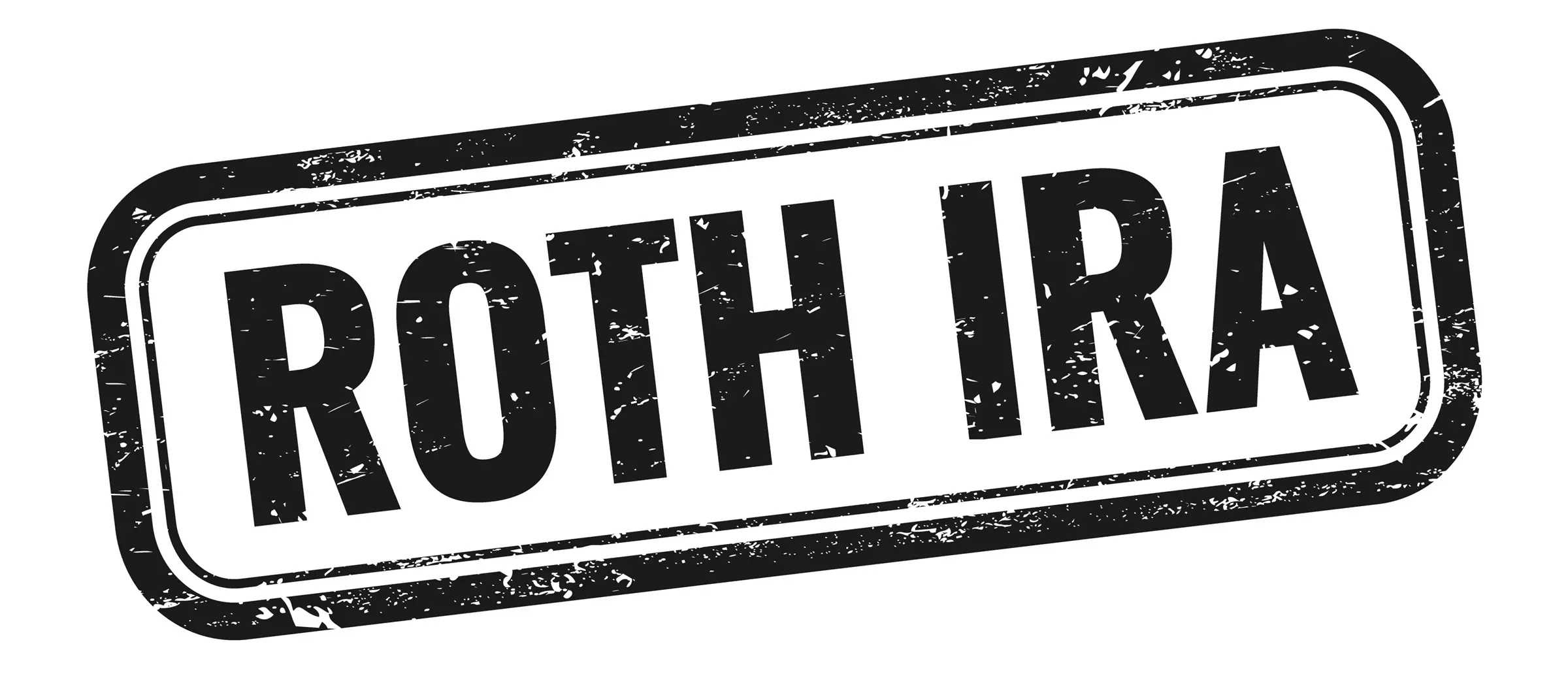A Roth IRA presents a compelling option for individuals looking to save for retirement while enjoying tax advantages. Do you qualify for one? Here’s a comprehensive breakdown of what you need to know about Roth IRAs in 2024.
Tax-Free Growth and Withdrawals
One of the primary attractions of a Roth IRA is its tax treatment. Unlike traditional retirement accounts, Roth IRAs allow you to contribute after-tax dollars. However, the real magic happens when it comes to withdrawals. Both your contributions and the earnings on those contributions grow tax-free within the account. Moreover, once you reach age 59½ and the account has been open for at least five years, you can withdraw funds tax-free. This means you won’t owe any taxes on the money you take out in retirement, providing valuable flexibility and financial security.
Contribution Limits and Catch-Up Contributions
For the year 2024, the contribution limit for Roth IRAs stands at $7,000 for individuals under 50. However, for those aged 50 and older, an additional catch-up contribution of $1,000 is allowed, bringing their total contribution limit to $8,000. These limits are set by the Internal Revenue Service (IRS) and are subject to change over time, so it’s essential to stay updated on any adjustments.
Income Phase-Outs
While Roth IRAs offer significant benefits, not everyone is eligible to contribute due to income restrictions. For the tax year 2024, individuals filing as “Single” must have an income of less than $146,000 to qualify for full contributions. Contributions phase out for incomes between $146,000 and $161,000. For those filing as “Married Filing Jointly,” the income limit for full contributions is below $230,000, with phase-out occurring between $230,000 and $240,000.
Qualifying Conditions for Tax-Free Withdrawals
To enjoy tax-free withdrawals from your Roth IRA, your account must meet two qualifying conditions. Firstly, a minimum of five years must pass after the tax year of your first Roth IRA contribution. Secondly, you must be at least 59½ years old when you make the withdrawals. It’s important to note that the five-year clock starts ticking on January 1 of the year you made your initial contribution to the account.
Prorated Contributions
If your income falls within the phase-out range, you may still be eligible to contribute to a Roth IRA, albeit at a reduced rate. This prorated contribution ensures that individuals with incomes near the threshold can still take advantage of the benefits of a Roth IRA. However, if your income exceeds the upper limit of the phase-out range, you won’t qualify for Roth IRA contributions.
Given the complexities of income limits and contribution rules, it’s advisable to discuss your Roth IRA strategy with a qualified tax advisor. They can provide personalized guidance based on your financial situation and help you make the most of this valuable retirement savings tool.
In conclusion, Roth IRAs offer a unique combination of tax benefits and flexibility, making them an attractive option for retirement savings. By understanding the contribution limits, income phase-outs, and qualifying conditions for tax-free withdrawals, individuals can maximize the advantages of Roth IRAs in 2024 and beyond. To learn more, reach out to us at info@uDirectIRA.com. To open your own self-directed account, start HERE.

